Welcome!
The Solomon Islands are characterised more than anything, by the sea that surrounds it. The Solomons are located within a wider area known as the Coral Triangle.Here, the waters have been nominated as one of Oceania’s 7 natural wonders and described as the ‘Amazon of the ocean’ for the huge diversity of corals and tropical marine life that call it home. Dive into one of Oceania’s natural wonders. The Solomon Islands are one of the world’s top diving destinations. Dive amid the coral, starfish and swirling masses of colourful fish on spectacular reefs. Do you want to see dugongs, turtles, sharks? Come here!
Best time to dive?
The Solomon Islands is hot and humid all year round, with an average temperature of 27 degrees Celsius. There are two distinct seasons- a wet season from November to April and a dry season from May to October. The dry season is when rainfall, humidity and temperature are at their lowest. Cooling sea breezes help moderate temperatures on the coast all year round. Info by visitsolomons.com.sb
Best time to Dive?
The Solomon Islands is hot and humid all year round, with an average temperature of 27 degrees Celsius. There are two distinct seasons- a wet season from November to April and a dry season from May to October. The dry season is when rainfall, humidity and temperature are at their lowest. Cooling sea breezes help moderate temperatures on the coast all year round. Info by visitsolomons.com.sb
- {{ listingType.name }}
- prev
- next
Do you offer Diving services?
Promote your services and connect with divers
Are you a Scuba diver?
Join and get the best benefits for your next trip
Do you offer Diving services?
Promote your services and connect with divers
Are you a Scuba diver?
Join and get the best benefits for your next trip
Sea Life
Almost 500 species of hard and soft corals have been found to form the 5,750km2 of reefs in the Solomons.
These reefs absolutely teem with life, from titan trigger fish, green and orange neon slugs and superbly coloured sea fans to the full food chain of creatures including large schools of jacks and barracuda, all the way up to the cruising grey reef sharks.
The Solomon’s underwater realm provide spawning grounds and migratory routes for 1000 reef fish species,
dolphins, rays, sharks, and six of the world’s seven species of marine turtles, to name a few.
There couldn’t be a better place to experience the joy and wonder of exploring under the water. Info by
Dive Sites
There are plenty of opportunities for world class snorkelling, diving and underwater photography throughout the islands but sites in the Western and Central Provinces are among the most popular.
The Solomons have one of the highest concentrations of WWII wrecks in the Pacific. Aircraft, ships and submarines litter the sea floor and now serve as artificial reefs attracting corals and fish life as well as fascinating records of world history.
The waters just off Honiara are named Iron Bottom Sound with good reason so you don’t have to go far from the capital to experience some very memorable wreck diving. Some wrecks are shallow enough to be snorkelled.
From American oil tankers and navy destroyers to New Zealand mine sweepers and Japanese seaplanes,
the diving is sensational and evokes vivid memories of WWII. Dive sites photos by visitsolomons.com.sb
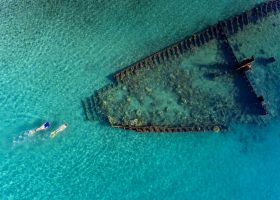

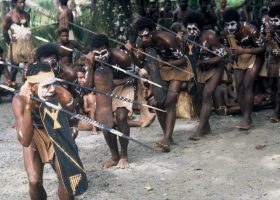
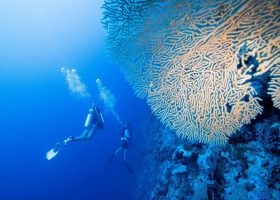

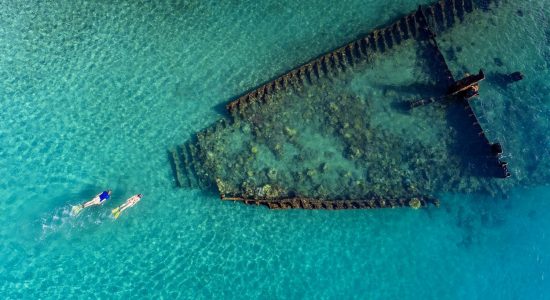

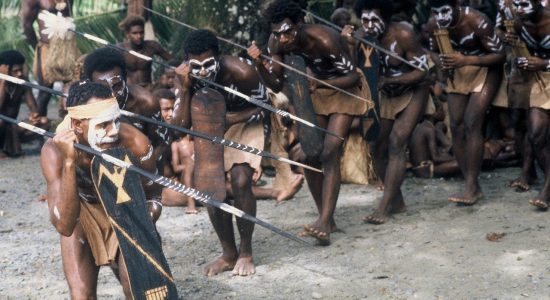
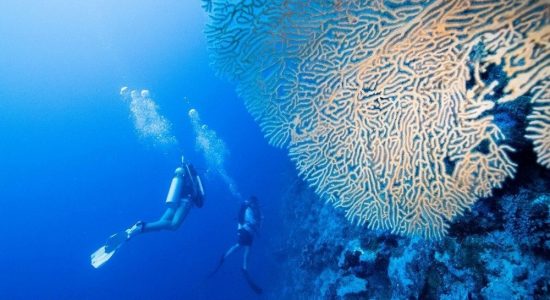
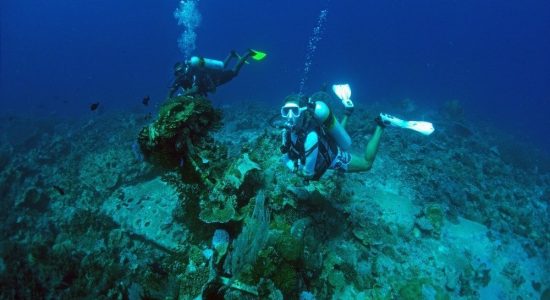
The lagoon at Marovo
The largest saltwater lagoon in the world. Many of the lagoon’s islands are uninhabited meaning the beaches are often deserted and totally unspoilt.
On the north side of the lagoon is Uepi Island, a sliver of sand and tropical jungle lined with colourful coral drop offs.
Munda & Roviana Lagoon
Roviana is a large body of water that extends for over 50km eastwards from Munda and is bounded by a chain of barrier reefs and islands. On the outer sides of the barrier islands you’ll find walls and slopes rich in hard corals and all bathed in deep clear blue waters, back-dropped by patrolling fish.
The twin tunnels
another magnificent diving experience – two ancient vertical shafts on a large submerged pinnacle deep under the water. You’ll be enthralled by the swarming fish life – the large tuna, the white tipped reef sharks – as you cling to the sheer reef wall and peer over the abyss.
Leru Cut
in the Central Province provides one of the Solomons’ most iconic photo opportunities. Morning sunlight pierces a chasm, the streams of light providing striking shots of divers in silhouette.
Dive sites info by visitsolomons.com.sb
How to Arrive
The Solomon Islands are just a three hour flight from Brisbane, Australia but provide a unique opportunity to experience a genuine wild and unspoiled South Sea paradise – a well-kept secret and something totally original.
Honiara International Airport on the island of Guadalcanal is the main port of arrival.
Munda in the Western Province also has a weekly international flight from Brisbane, Australia.
From North America, most travellers fly through Los Angeles and either Brisbane or Nadi. Those travelling from European countries will most commonly fly via Brisbane with many choosing to stop over in countries such as Singapore, Hong Kong, Thailand or Dubai.

